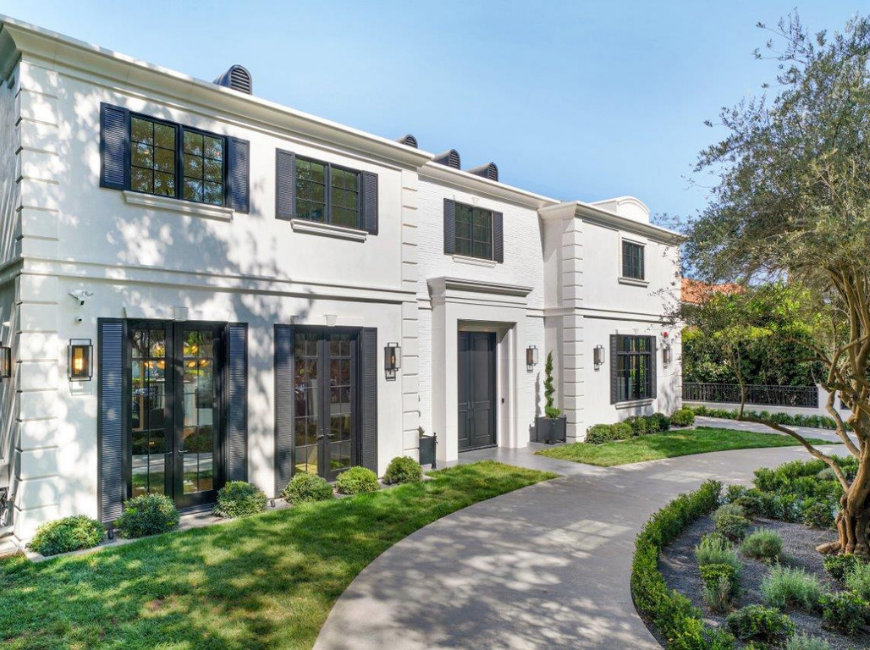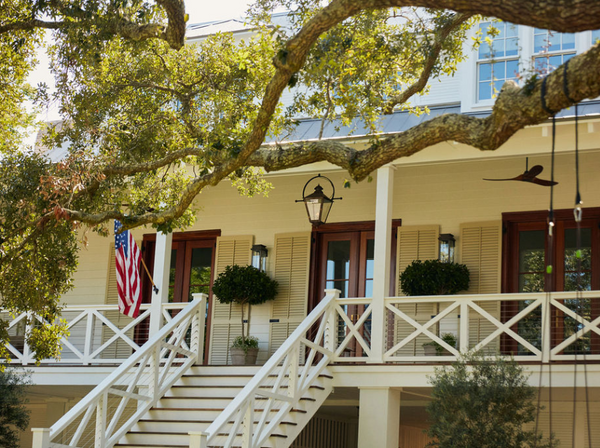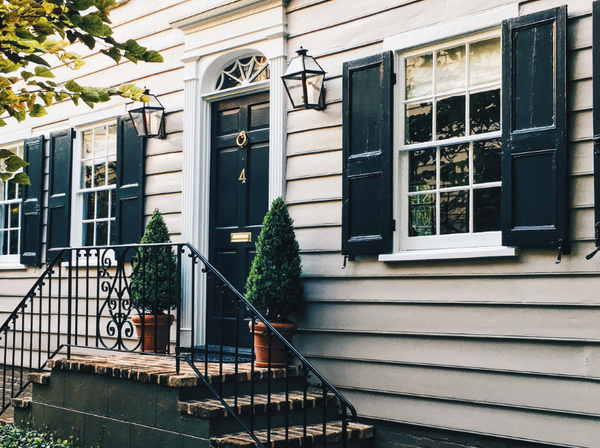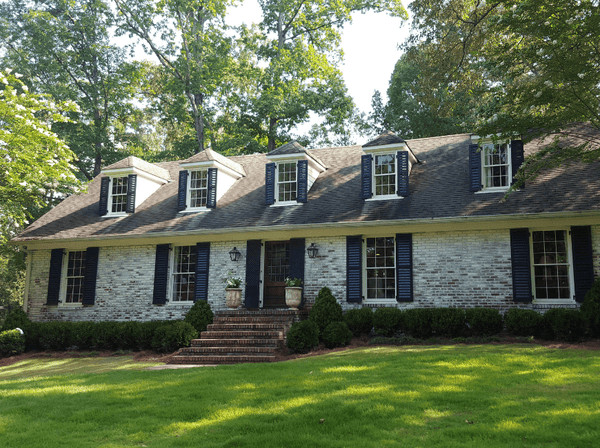Louvered shutters consistently fall into our top three best sellers year after year — and they are popular for a good reason. Louvered shutters are classic, enduring and suit a wide range of home styles. Ahead, we’re diving into a few frequently asked questions and shedding some light on what makes this style so great.
Why should you choose louvered shutters?
One reason why louvered shutters are so popular is because homeowners can install them with confidence that their home value will increase. Louvered shutters are timeless, so there’s no need to worry about investing heavily into something that will lose its allure after a current trend dies down. Louvered shutters have been used for hundreds of years, and we bet that they’ll still be in vogue in a hundred more.

What is the best style of louvered shutters?
This answer comes down to personal preference. Here at Monument Shutters, we carry a few variations of the louvered style. For can’t-go-wrong classic curb appeal, check out our louvered shutters with no mid rail — these are hands-down one of our best-selling shutter styles. Our louvered composite shutters with a mid rail feature two equal sections for a pleasing, symmetrical look. For even more visual interest, we also carry an option with three equal sections. Our arch-top louvered shutters are also commonly used alone or in conjunction with the traditional rectangle shutters.Mid rail or none, louvered shutters offer a truly timeless look that suits just about any home.
Which direction should louvers face?
When the shutters are open on either side of a window, the correct answer is that louvers on shutters should point down and back. That way, any rain or water will naturally cascade down the louvers and not pool up behind the shutters. While there is no law that says you have to face the louvers pointing down, it’s just the most practical solution for fixed louvers.
RELATED READ: Which Direction Should Louvered Shutters Face?

It’s important to note that all of our louvered shutters are decorative, and are not designed to open and close. In this case, the louvers will still be positioned downward. Although that functionality was nice for ventilation back when the shutters were first invented and utilized, most people today are simply seeking the aesthetic.
RELATED READ: Decorative vs. Operable Shutters: What’s Right for You?
What material is best for louvered shutters?
Here at Monument Shutters, we proudly offer beautifully constructed louvered shutters made with Southern Yellow Pine, Western Cedar, Duralok® Vinyl, and Composite. Each offers that classic look that so many homeowners love, but our shutter experts particularly favor the composite louvered shutters.
Composite shutters feature unmatched durability and sustainable construction, and they are relatively affordable. For our louvered composite shutters, we use Extira® Composite material, a treated wood composite panel product made from wood fiber, phenolic resins, zinc borate and a water repellent. While the wood fibers make up 90% of the material, the zinc borate — an EPA-registered biocide — works to control potential rot and other wood-destroying organisms.
Put simply, our composite shutters are resistant to moisture, rot and termites — making them the perfect outdoor shutter to stand up to the elements. And, with an industry-leading 10-year limited warranty, Extira® shutters are built to last.
RELATED READ: 4 Ways to Increase the Longevity of Your Shutters
Wondering where the sustainability element comes into play? Extira® is made from wood that has no commercial timber value. Essentially, it utilizes locally-sourced “leftover wood” without any added urea formaldehyde. Extira® Composite looks like MDF, but uses different ingredients for superior performance.
Where can you buy louvered shutters?
Whether you want composite or wood, mid rail or not, we have your louvered shutter needs completely covered. Find the one that suits your style now!







